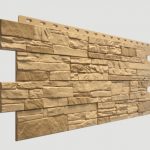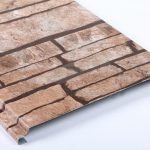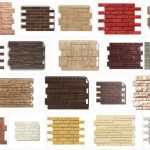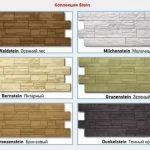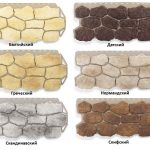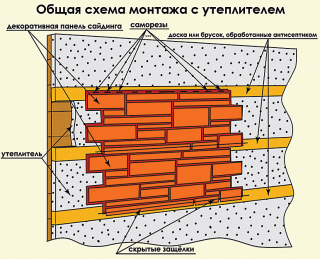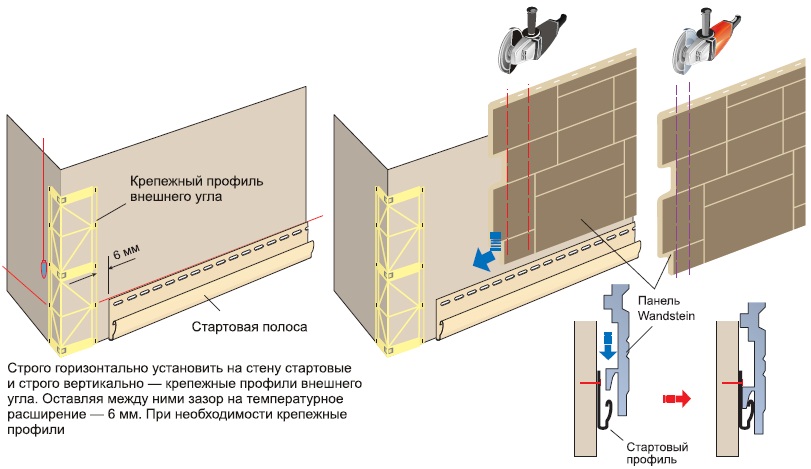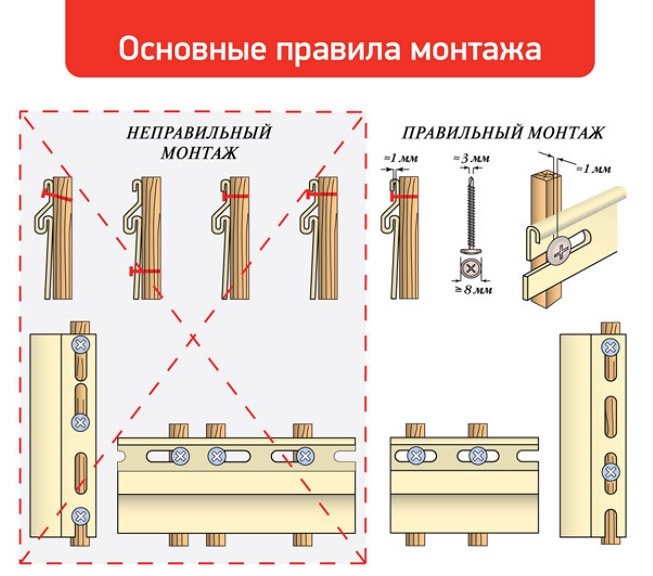Stone siding is a good way to give your home a beautiful look. The material has an affordable price, but its use can improve the appearance of the building. Usually siding for exterior stone decoration is used for cladding the basement, but can be installed over the entire facade plane. Most often it is a plastic panel (usually vinyl) that imitate a particular natural material. They can have interesting shades, for example, gold or the colors of rare stones.
Material features
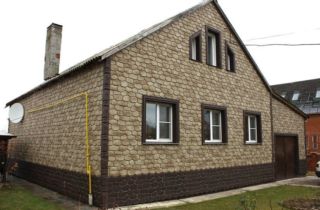
Decorative siding has the form panelsequipped with comfortable tongue-and-groove connections... In this case, the protrusion of one part is inserted into the socket of the adjacent one, due to which a dense placement of products is achieved without unprotected joints. The panels are mounted on lathing frame... This type of cladding allows you to equip a structure equipped with insulation and ventilation openings. With proper arrangement, excess moisture flows freely through the walls without forming condensation. For protection corner joints Package Included special strips.
The most common type of panels is vinyl... They are also made from other materials, including natural ones. Some products are specially made for decorating the basement... Stone siding often falls into this category.
For exterior decoration of a house, stone siding is usually used when decorating plinths.
Types of siding
Panel sizes, produced by different firms may vary. Usually their length is from 1 to 2 meters, but there are options with length up to 6 m... Standard indicators width of one unit - 45-65 cm.
Panels availablewith textured surface (sometimes with height differences of more than 2 cm), imitating brick, marble, malachite and other materials.
Usually the word "siding" is used to refer to vinyl products. But there is another type of it, also related to polymer materials - acrylic. It devoid of two minuses of vinyl - the tendency to expand at high temperatures and tarnishing under the influence of direct sunlight. It is better to choose this material for cladding houses built on illuminated areas in warm areas.
Metal panels made of galvanized steel sheet with a polymer coating. They are often used in the construction of sheds and temporary huts.
Popular manufacturers
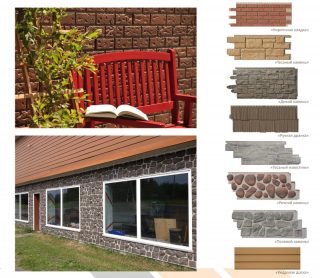
Stone siding is presented mainly in the catalogs of German and Canadian companies. Company Novik produces several variants of it, for which a lifetime warranty is promised.This includes, for example, wild stone siding, as well as rubble surfaces.
A wide range of such products can be found from German companies. Docke and Wandstein.
From Russian manufacturers, panels for stone and brick make “Alta Profile».
Facade mounting technology
Vinyl products mount in warm weather (above +5 degrees Celsius). In the cold, they become brittle, which makes them easily damaged when cutting and installing. Other types of siding can be installed at any temperature.
Crate made of a material suitable for the walls of the house: if they are wooden - from slats, otherwise - from metal profiles and suspensions.
Mount siding from left to rightstarting with the starting staff. First, they completely cover one wall, then go to the adjacent one.
Self-tapping screws when working with vinyl are not screwed in completely... A clearance of 1 mm must be left to allow for the expansion of the panels. The first of them is mounted so that it recedes 3 mm from the corner of the house. The connection is made using the thorn-groove method.
Don't forget about installation J-profiles and corner strips.
Soft rags are usually enough to wash products, but if necessary, you can use mild products that do not contain aggressive and abrasive compounds.

